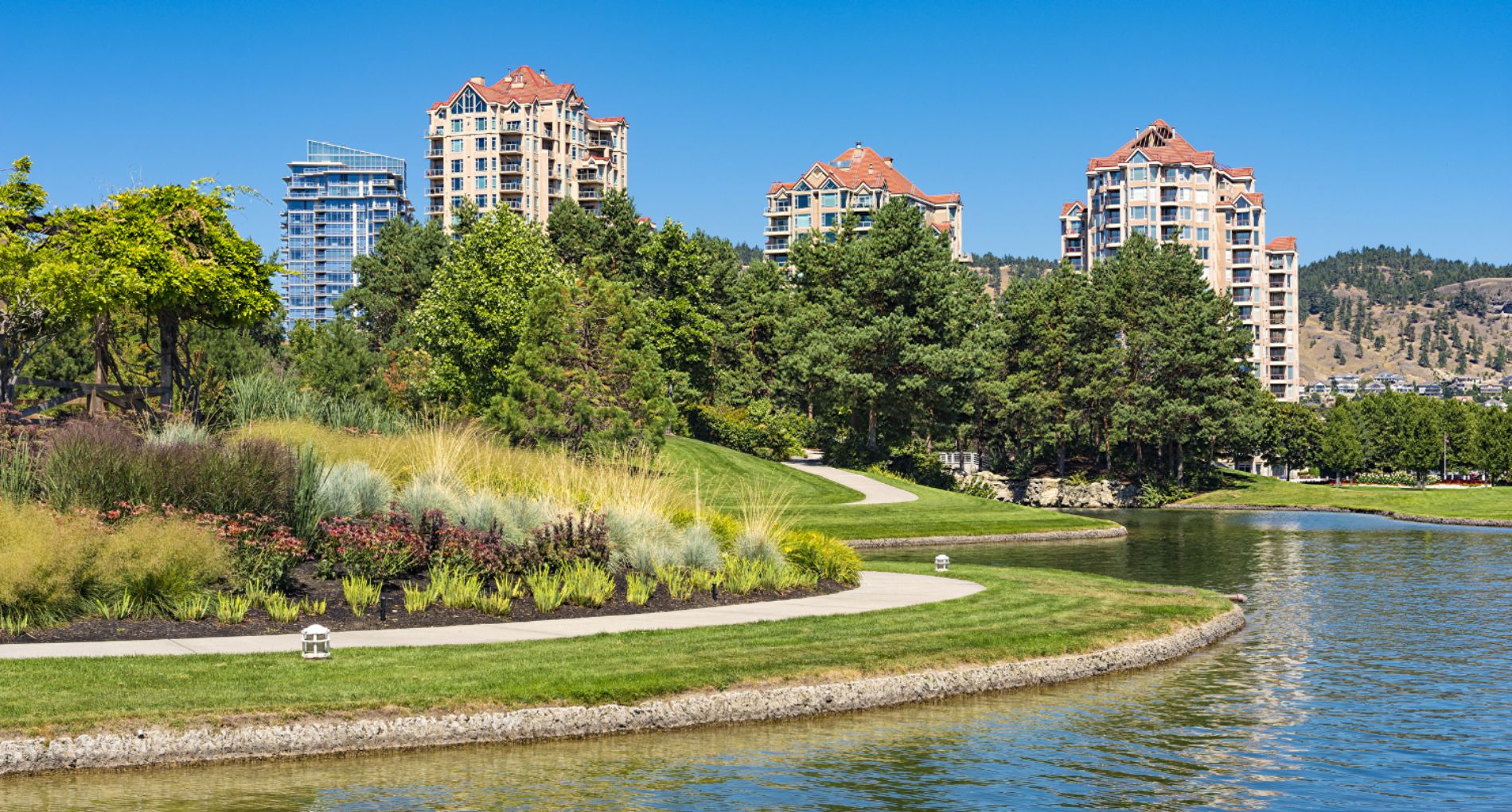Navigating Okanagan’s New Short-Term Rental Restrictions
By Monica Affleck, Regional Partner
Effective May 1, 2024, new short-term rental restrictions have been implemented in the Okanagan, aimed at creating “stable, affordable housing.” The goal is to convert short-term rentals into long-term rental units, hoping this will lower rental prices and increase the supply of affordable housing. But do these restrictions truly have that effect?
From a tourism perspective, the restrictions pose challenges for families planning their summer vacations and weekend getaways. With fewer short-term rental options, fully booked campsites, and condos off the market, families are left with hotels or smaller communities with fewer restrictions. This reduced supply drives up hotel prices, impacting the affordability of vacations as well as the local hospitality industry, including restaurants, ice cream shops, and boat rentals – an industry vastly dependent on income generated by tourism.
There are concerns that these restrictions might affect the local labor market, particularly in tourism-driven economies like Kelowna and the Okanagan. It’s uncertain whether the demand for long-term rentals will meet expectations.
Successful strategies elsewhere, such as London’s 90-day cap on short-term rentals or Amsterdam’s 30-day limit, suggest a balanced approach to the issue. These measures prevent investors from monopolizing potential long-term rental properties while still allowing homeowners to benefit from tourism.
Short-term rentals aren’t the primary cause of high rents. Factors like building restrictions and tight housing markets play a more significant role. For instance, AirBnB only contributed 1% to rental growth in NYC, with higher rent increases concentrated among high-income populations.
The original flexibility of AirBnB has shifted in recent years towards property managers and investment portfolios, often resulting in negative community impacts. Therefore, limiting rather than banning short-term rentals might be a better approach.
Possible outcomes include property owners converting to long-term rentals, renting for extended periods, or selling their properties. Future trends will indicate if smaller communities (of less than 10,000 residents) like Naramata and Summerland attract more tourists and residents, or if municipalities adjust their restrictions.
Learning from other cities’ balanced approaches could help the Okanagan maintain thriving communities that benefit both residents and tourists, and build positive neighbour relations. It will be interesting to see how these changes unfold in the coming year, and the implications that they have on the future of Air BnB’s in the area.
